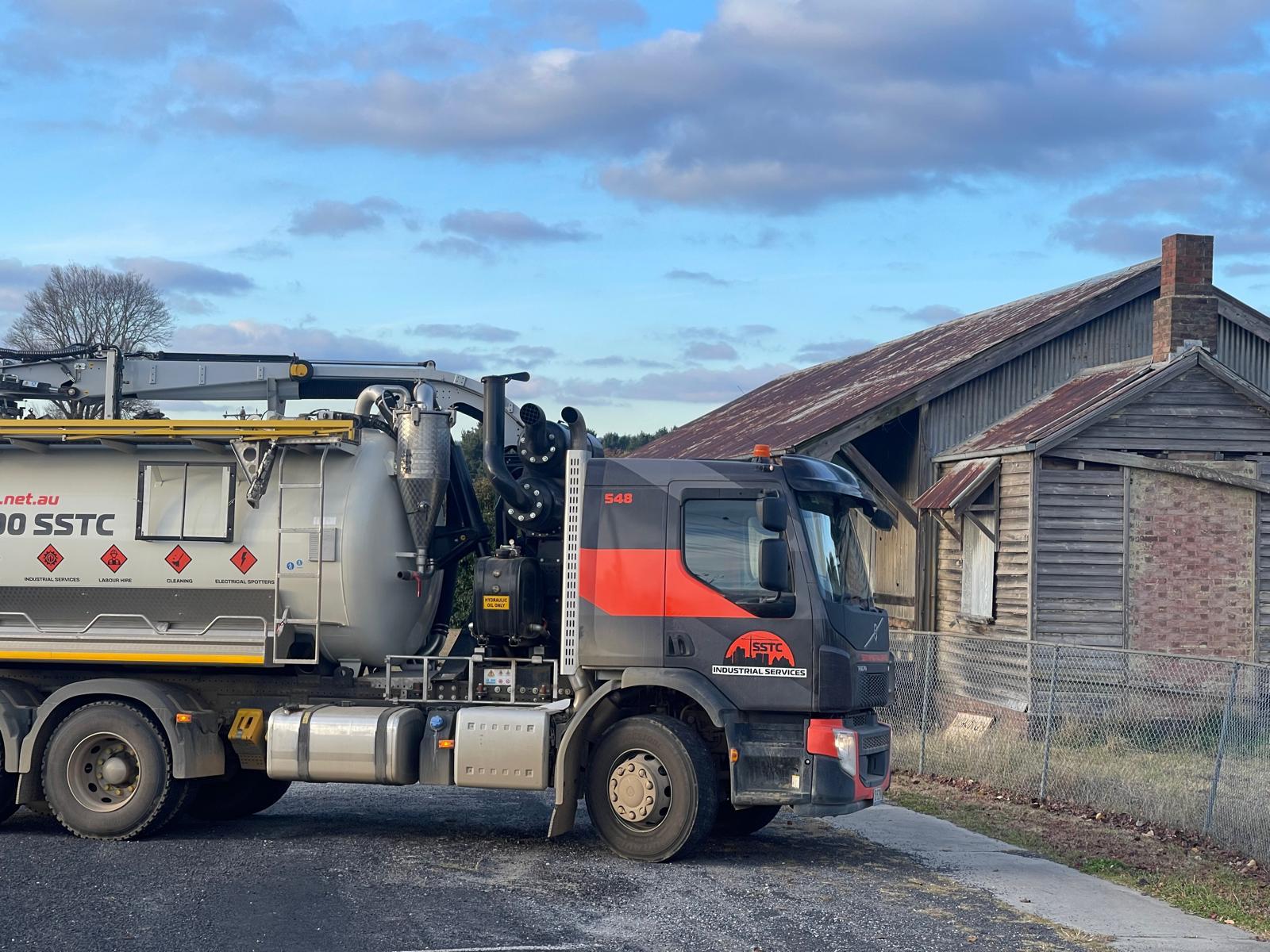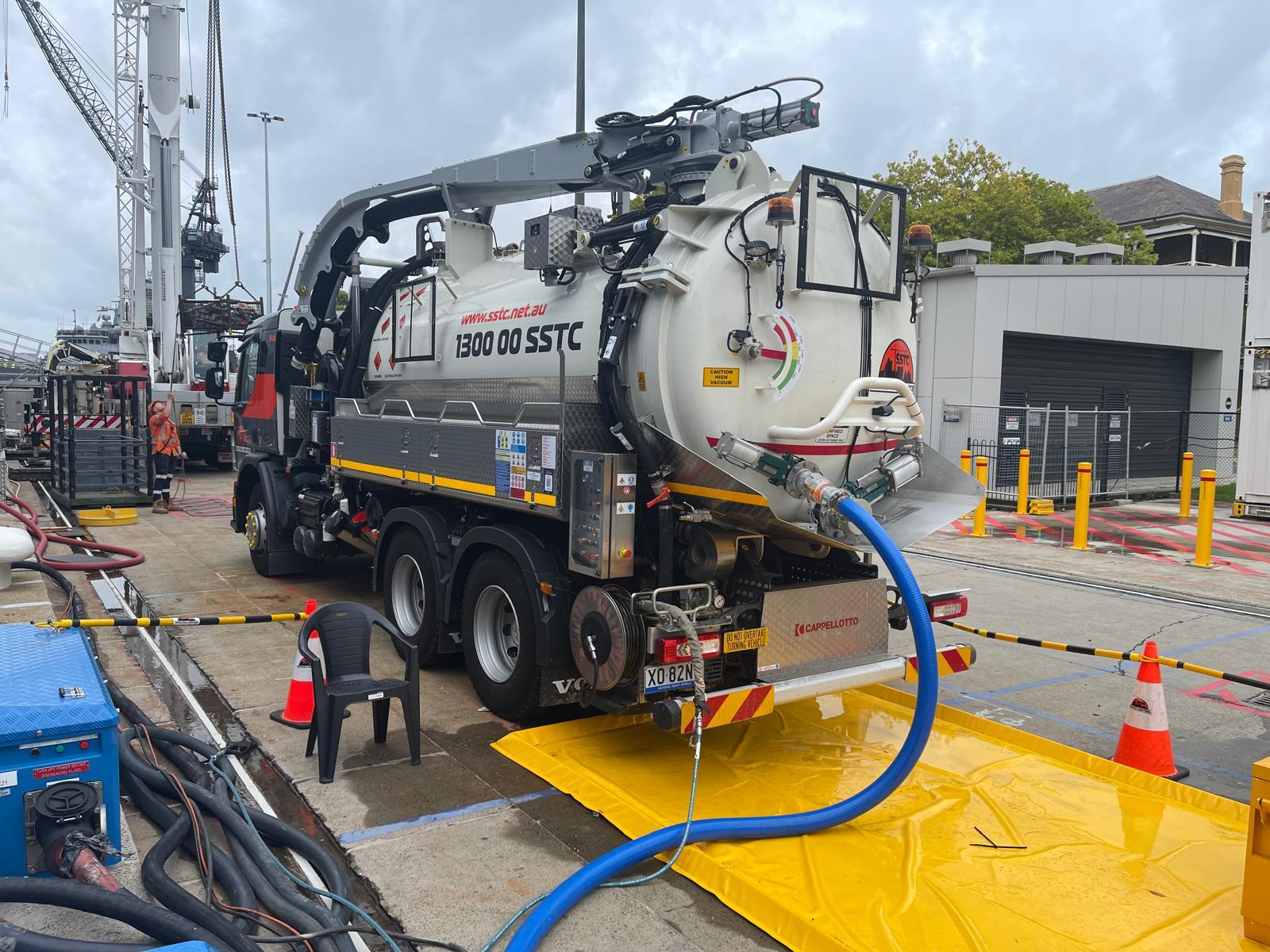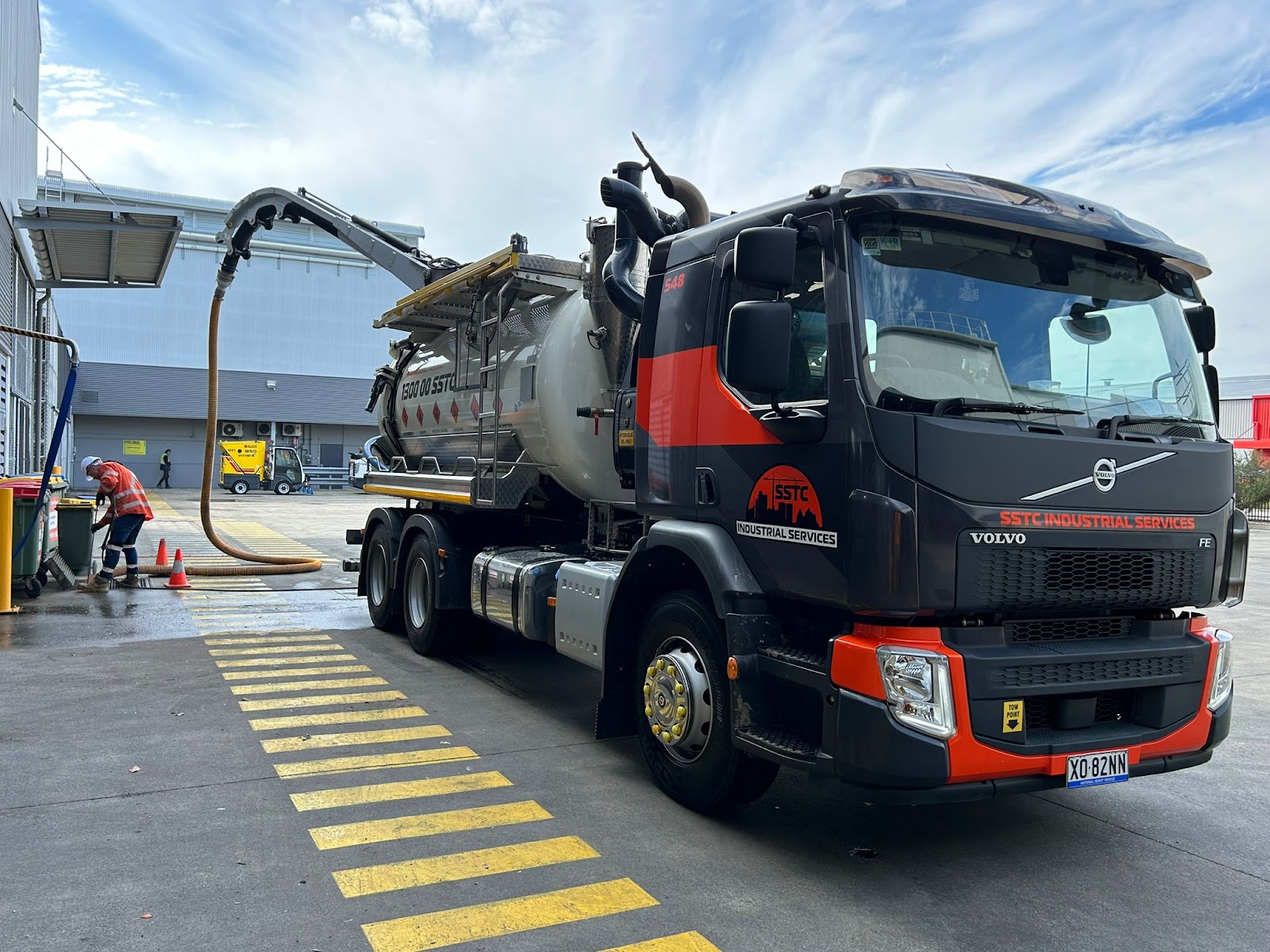Get A Free Quote
1300 007 782
Call Us On:
1300 007 782G10/RMS Accredited
Competitive Rates
ZERO Accidents or Injuries
25+ years combined experience
50+ years combined experience
Competitive Rates
G10/RMS Accredited
ISO Certified

Australia has many sensitive areas that traditional digging methods pose risks to, including native wildlife habitats, protected sites such as wetlands, and complex networks of underground utilities. Standard digging methods involving heavy machinery can cause soil erosion, habitat destruction, water contamination and other problems for these delicate sites. As a result, many developers, surveyors and site managers are now favouring non-destructive digging, with vacuum excavation a popular method of choice.
Also known as hydro excavation or non-destructive drilling, vacuum excavation is the process of using highly pressurised water and an industrial vacuum to remove soil and debris. This technique breaks up the soil and ground, uses water to turn it into slurry and vacuums it up into a tank. This easy-to-control approach creates more precise results than the sheer mechanical force of traditional digging methods, making it perfect for projects that need an environmentally friendly approach.
SSTC provides people, equipment and solutions for non-destructive digging (NDD) that protects sensitive sites and helps to conserve local ecosystems. Here’s the SSTC guide to why vacuum excavation is the best approach to take when working on a sensitive site.
Non-destructive digging is a sensible approach for the Sydney area and its surrounds. The city has a complex landscape of underground infrastructure, including water, gas and electrical lines. It also has a selection of environmentally protected areas, including national parks and conservation sites designed to protect biodiversity and natural habitats.
Non-destructive digging has a positive impact on the environment for the following reasons:
By using water and air to break up and remove the ground, NDD reduces the impact of excavation on the soil and its health compared to traditional digging methods. NDD ensures that the land around the site is not harmed, and it can even restore the onsite soil to its natural state after excavation.
In some cases, NDD can also be used to remove contaminated soil, leading to a healthier worksite area.
NDD is popular partly because it minimises the risk of disturbance to underground utilities and damage. Likewise, it can navigate around tree roots without harming them, protecting the biodiversity in the area. NDD protects the integrity and health of ecologically sensitive areas, allowing diverse species to thrive undisturbed.
Noise pollution affects local wildlife by interfering with their ability to communicate, search for food and evade predators. NDD is a quieter process of digging, which is useful for minimising noise pollution in the surrounding area.
NDD reduces the need for heavy machinery by taking a more energy-efficient approach, helping reduce your carbon footprint.

Conducting excavation work on sensitive sites poses several risks, including environmental damage and compromised worker safety. Here are some of the main reasons you need to be careful when carrying out excavation work on delicate or protected areas:
Excavation can disrupt the delicate balance of local ecosystems, resulting in soil erosion and habitat loss. During an excavation, the ground of the site is treated very roughly. Often, the soil is collected and moved elsewhere as waste, while pollutants and hazards from the job impact the soil, air, and water. These disturbances can cause long-term damage to the biodiversity and natural resources of an area.
Excavation can damage local infrastructure, including the foundations and structures of nearby buildings, which can lead to expensive repairs. Excavation can lead to the unsettling, cracking and even the eventual collapse of surrounding structures, particularly the ageing or sensitive kind. The more precise the excavation, the less likely you are to damage these underground foundations, and NDD is known for its precision.
Excavation is a dangerous field to work in. Trench collapse happens quickly, leaving workers with a slim chance of escape. Workers can be exposed to dangerous gases or contaminants, or can suffer from accidents involving the machinery. As a person conducting a business or undertaking (PCBU), you have a duty of care to keep your employees safe. Yet no one can predict when an accident involving excavation will occur.
NDD operators stay out of the equipment’s direct path by operating it remotely. This also minimises their risk of exposure to dangers like underground gas leaks or power lines.
Before carrying out excavation in sensitive areas, it’s likely you’ll have to obtain permits, adhere to local environmental regulations and comply with legislation around heritage-listed areas.
Like every other technique, non-destructive digging is most effective when approached safely and responsibly. Here are some tips for carrying out excavation on a sensitive worksite safely:
Planning is essential if you want to carry out any major job safely, and excavation with NDD is no exception. Before you start work, conduct a site assessment to identify underground utilities and infrastructure. Develop a Safe Work Method Statement (SWMS) with safety procedures and emergency response plans, and inspect the condition of your equipment.
While the type of PPE you provide can vary depending on the environment, there are some principles that remain consistent across all types of excavation sites. Appropriate footwear is crucial when working near underground electrical lines. It’s essential not to wear loose clothing while working with a suction hose. Eye protection, gloves, hard hats, and other protective gear are also staples of excavation workwear.
While a lot of today’s NDD hoses boast higher capabilities, it’s recommended that you stick to between 2,500 and 3,000 psi. Exceeding 3,000 psi can cause damage to the soil and underground infrastructure.
Water that’s not pumped properly or pumped at too high a pressure can end up causing damage to underground utilities. A rotating nozzle releases a continuously circulating stream of water that manages to clear more soil away without repeatedly hitting the same spot on the underground infrastructure too hard.
Staying at least eight inches away from the utility will help prevent it from being damaged by water pressure. Moving around a bit also prevents you from applying too much water to a single spot on the infrastructure.

SSTC’s range of industrial services includes non-destructive digging that’s safe, efficient and protects both your workers and the surrounding environment. Our NDD trucks are from the leading manufacturer Capelloto and use high-pressure water jets to excavate soil without causing damage to either underground infrastructure or local wildlife habitats. Each truck is equipped with a powerful water pump and a high-pressure hose that can reach depths of up to 10 metres, and our selection of models boasts different tank sizes, pump capacities and other helpful features.
A team with over 50 years of combined experience, SSTC is an expert in traffic management, security services, and a wide range of industrial services, including non-destructive digging, gas detection, and monitoring. A trusted name among some of Australia’s largest construction companies, we’re committed to completing work in the safest and most efficient manner possible.
To find out more, contact the SSTC team on 1300 007 782 or get a free quote from us online.